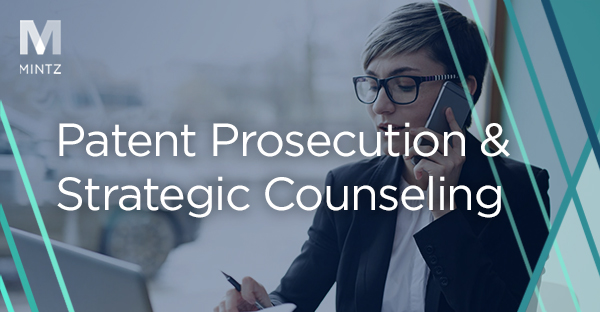Speeding Examination of Related U.S. and Japanese Patent Applications
It is not uncommon for applicants to file related patent applications in the United States and in Japan. When the applications claim priority to a common patent application, or one of the applications claims priority to the other, the applications’ family relationship can be used advantageously to speed prosecution in one or both jurisdictions. Multiple programs exist to expedite prosecution at the U.S. Patent and Trademark Office (USPTO) and the Japan Patent Office (JPO). Evaluating the available options for a particular pair of U.S. and Japanese patent applications can help identify the option that will best help those applications be substantively examined and issued quickly.
1. Collaborative Search Pilot Program (CSP)
The Collaborative Search Pilot Program (USPTO, JPO) is a free program that allows the USPTO and JPO to share prior art search results with one another before the mailing of a first action. The CSP can expedite prosecution of related U.S. and Japanese applications by helping to ensure that any relevant prior art identified by the JPO and USPTO is considered by each examining office before issuing a first action. Additionally, acceptance into the CSP confers special status to the U.S. and Japanese patent applications, with the search results being shared within 4 months.
Applying to the CSP requires filing a petition at the JPO and the USPTO within 15 days of one another. The petition is a simple form that requires the applicant to make various certifications, including that each of the U.S. and Japanese applications have independent claims of “substantial corresponding scope,” are as-yet unexamined, and have an earliest filing date after March 16, 2013 (post-AIA).
The CSP, which is also available between the USPTO and the Korean Intellectual Property Office (KIPO), is discussed in further detail in Mintz’s earlier article about the CSP.
2. Patent Prosecution Highway (PPH)
The Patent Prosecution Highway (USPTO, JPO) is available for patent applications filed in at least two cooperating jurisdictions. The U.S. and Japan each cooperate with numerous jurisdictions, including each other.
An applicant can apply for the PPH in the U.S. or Japan by filing a free petition indicating that a cooperating international patent office has identified at least one allowable claim in a corresponding patent application. The allowed claim(s) must correspond to claim(s) pending in the jurisdiction in which PPH is sought. Acceptance into the PPH program fast tracks examination of the application. Allowance is not guaranteed, as claims and prior art are evaluated per a patent office’s local rules, which may be different than in the jurisdiction that indicated allowable claim(s). However, applications examined under the PPH in the U.S. and in Japan tend to be examined quicker and with more favorable results than non-PPH applications.
3. Japanese Accelerated Examination
The JPO offers Accelerated Examination for related patent applications filed in Japan and internationally. Accelerated Examination is a free program that provides faster examination results than under regular examination. Per the JPO’s latest statistics, application pendency under this program is about 2.3 months.
A patent application filed in Japan can qualify for Accelerated Examination if the related applications are:
- a JPO application and an application filed at a foreign intellectual property office (which may be the USPTO),
- a PCT filed in Japan and an application entered into the national stage in Japan, or
- a JPO domestic application and a PCT filed with the JPO.
Unlike the PPH and CSP, claims in the related applications do not need to correspond or be of substantially corresponding scope for Accelerated Examination to be an available option.
Also unlike the PPH and CSP, applying for Accelerated Examination in Japan requires the applicant to provide prior art documents and explanations comparing the invention with the prior art. The applicant is not required to perform a prior art search but must identify the closest known prior art documents, such as those identified in an international search report, identified in a foreign patent office search, identified in the applicant’s own search, or otherwise known to the applicant. A search report’s discussion of the prior art may suffice for comparing the invention with the prior art.
Other types of applications filed in Japan can also qualify for Accelerated Examination:
- Inventions commercialized or planned for commercialization within 2 years from the filing date of the Accelerated Examination request.
- Applicant is a small medium enterprise (SME), an individual, a university or public research institute, or an approved or authorized technology licensing organization (TLO).
- Green-technology related applications.
- Earthquake Disaster Recovery Support-related applications.
- Asian Business Location Law-related applications.
Consulting with U.S. and/or Japanese counsel may help identify the best program to use for a particular patent application, as each program has different requirements and each circumstance is different.


